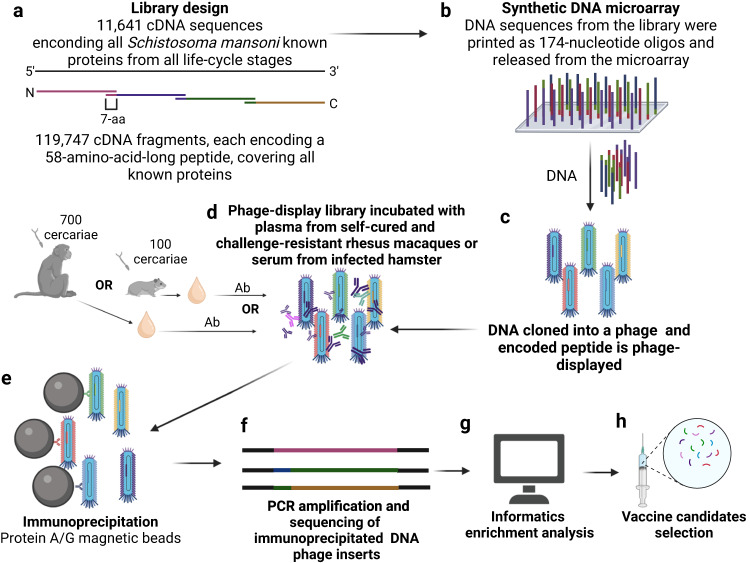Fig. 1. Phage Immunoprecipitation-Sequencing (PhIP-Seq) approach for screening of S. mansoni vaccine candidates.
a A phage-display library was constructed encoding 11,641 known proteins from all S. mansoni life-cycle stages. The library consisted of 119,747 complementary Deoxyribonucleic Acid (cDNA) sequences, each encoding a 58-amino-acid-long peptide with a 7-amino-acid (7-aa) overlap between consecutive sequences. b DNA sequences with 174-nucleotides were synthesized and released on a DNA-releasable microarray. c These sequences were cloned, and each encoded peptide was expressed as a fusion with the major capsid protein (pVIII) of an M13 bacteriophage display vector. d The library was incubated with antibodies (Ab) in the plasma from rhesus macaques of a previous study from our group collected at different time points along the self-cure and resistance to challenge phases23 or with serum from hamsters as a permissive control. e Phages bound to antibodies were immunoprecipitated with protein A/G magnetic beads, f recovered DNA inserts were polymerase-chain-reaction (PCR) amplified, and high-throughput sequenced. g Enriched peptides were analyzed with bioinformatics tools (see Methods), and h potential vaccine candidates were identified. Created with Biorender.com.

